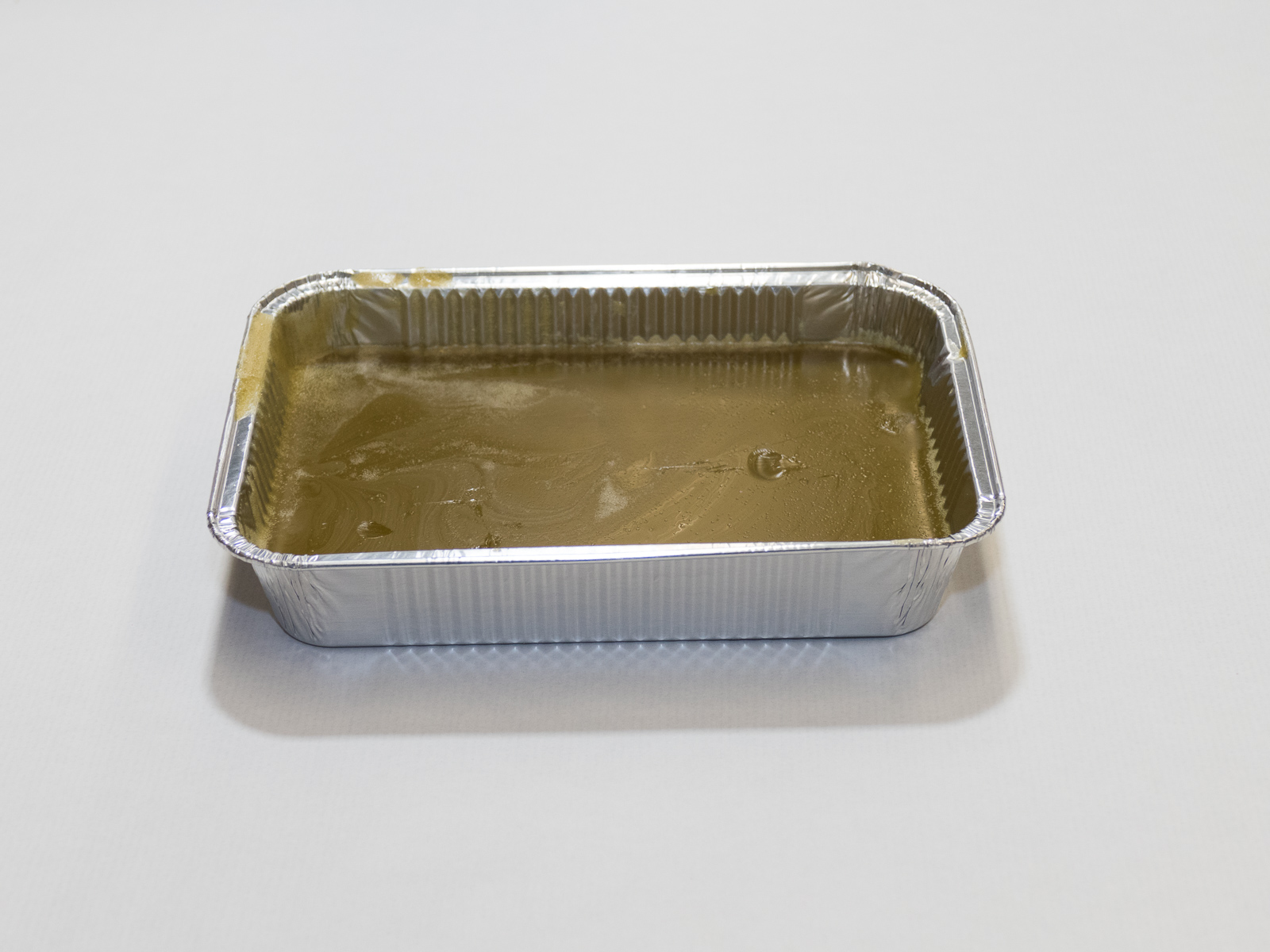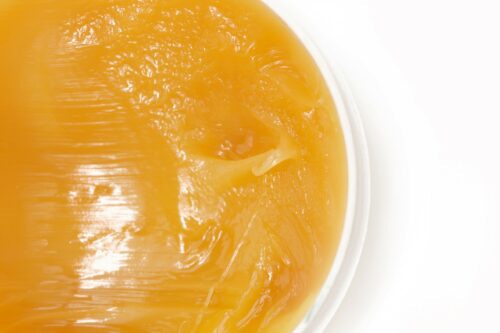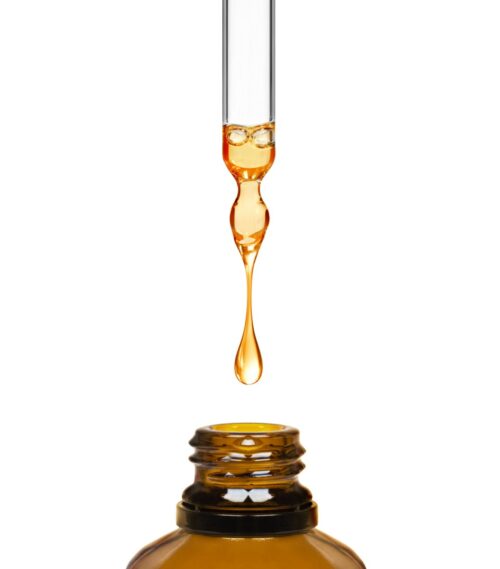Description: Technical Lanolin
Description: Technical Lanolin
Technical lanolin is a refined form of lanolin that undergoes an additional purification process to remove impurities and unwanted components. This results in a product of higher purity and consistency compared to raw lanolin.
Technical lanolin is used in a variety of applications where the highest grades of quality and purity are required.
Purification process for technical lanolin
The process of obtaining technical lanolin is similar to that of raw lanolin in its initial stages, which include cleaning the wool and extracting the fat through spinning.
The key difference lies in the later stages, which focus on the purification and refinement of the product.
Advanced purification. In this additional stage, residual impurities are removed to obtain a cleaner product.
Standardization. Technical lanolin is further subjected to a homogenization process to ensure that its composition is uniform and meets the quality standards required in specific applications.
Applications of technical lanolin
With its higher degree of purity and uniformity, technical lanolin is used in various industries where quality and consistency are required:
- Textile, to improve the quality and performance of fabrics and garments. Its ability to improve water resistance in fabrics is especially valuable in the manufacture of outerwear and rainwear.
- Machinery and automotive, to lubricate gears, bearings and chains, friction and wear. It is also used as an anti-seize agent in welding and casting applications, where its ability to prevent adhesion of materials to metal surfaces is crucial.
- Industrial cleaners and lubricants, due to its ability to loosen and remove dirt and grease from surfaces.
Which lanolin to choose
The choice between raw lanolin and technical lanolin depends on the specific needs of the application and the required quality standards. Raw lanolin is less processed and is used in applications where purity is not essential.
On the other hand, technical lanolin undergoes an additional purification process and is preferred in situations where disinfection must be extreme.
Both forms of lanolin are ultimately versatile products that find applications in a variety of industries and contribute to sustainability and production efficiency.



